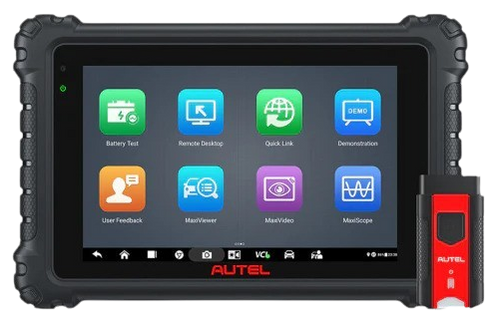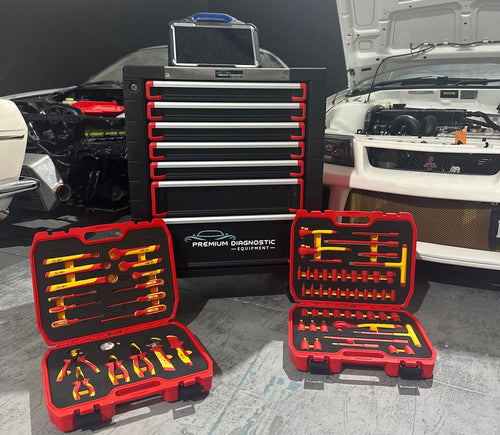How Does A Basic OBD2 Scan Tool Work
How Does A Basic OBD2 Code Reader Work?
There are numerous different types of sensors installed throughout the different parts of a car.
These include manifold pressure sensors, engine knock sensors, oxygen sensors and many others. Every one of the sensors is designed to generate a signal and send it to the Engine control unit.
This information is then used by the ECU for adjusting different elements to the most optimum levels to ensure your vehicle is performing at its best
In a case where the information received by the ECU from a sensor is out of specification, a Diagnostic Trouble Code (DTC) is stored in the ECU and a signal is sent to the check engine light.
When this light comes up and remains on, your car might be suffering from a minor or major issue.
If the vehicle feels like its running okay and has not gone into restricted performance mode or limp mode, It is somewhat safe to drive the car in this scenario until you find the time to get it properly checked. If the light starts blinking, the light goes red or the vehicle looses power the fault is likely to require immediate attention. Otherwise the engine might sustain some serious damage.
So when you plug your OBD2 scanner into the cars OBD2 port, it transmits a signals to the ECU and retrieves the relevant information on what actually is going on in there. On the basis of the information received, it will display the DTC (Fault Code) on the screen. It will give you a code and a description of the fault code so you know where you issue lies.
Even if the engine light is no longer present the fault code will remain stored for some time in the Engine control unit. So if you have an intermittent fault you will most likely still be able to retrieve the fault code.
You can now erase the fault code from the ECU with your OBD2 scan tool. If the fault comes back this indicates a problem with the part / sensor that the fault code relates to and you should fix the fault. After fixing the fault you will be be able to clear the fault code permanently.
Higher end models also provide a few details on the ongoing issue along with the proposed solution.
















